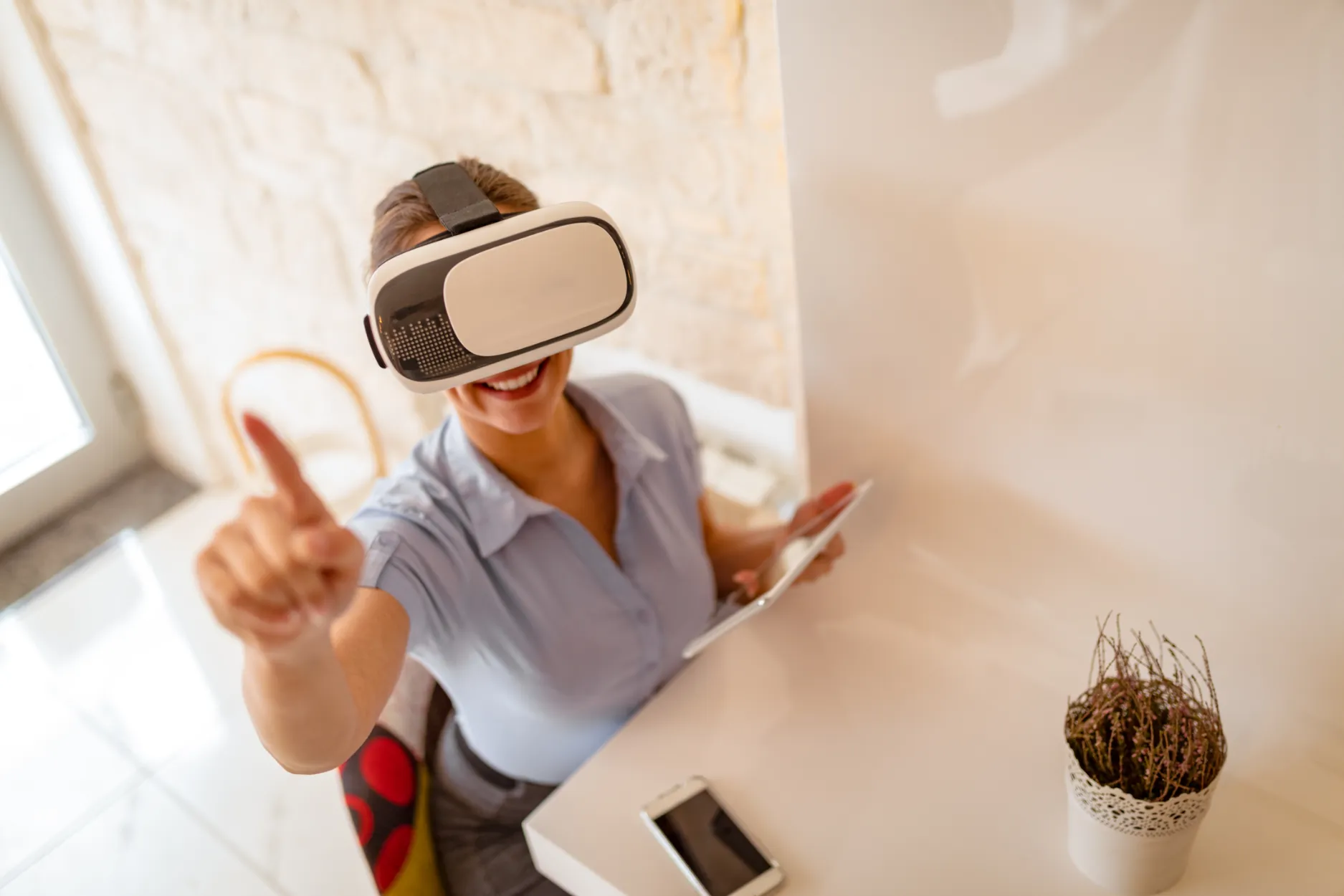
In the ever-evolving landscape of business-to-business (B2B) relationships, the key to success lies in collaboration and innovation. One area where this partnership is thriving is in interior design, where manufacturers and distributors are increasingly turning to 3D catalogs to elevate their collaboration.
In this blog, we'll delve into the world of 3D visualization in interior design, explore its role in business management, and how it's transforming the way manufacturers and distributors work together. So, fasten your seatbelts as we embark on a journey to discover how 3D visualization is redefining B2B relationships in the interior design industry.
Before we dive into the dynamics of B2B collaboration, let's first understand why 3D visualization is becoming a game-changer in the field of interior design. Imagine this scenario: you're an interior designer, and your client is eager to see how their space will look once the project is complete. Traditionally, you might have presented them with 2D floor plans or static mood boards. While these methods provide a glimpse into your vision, they often fall short of conveying the true essence of the design.
Enter 3D visualization. This technology allows designers to create immersive, lifelike representations of interior spaces. It enables clients to walk through their future environment virtually, gaining a clear understanding of the layout, materials, and overall aesthetics. Moreover, it allows for real-time modifications and adjustments based on client feedback, fostering a collaborative design process.
Now that we've seen the potential of 3D visualization in interior design, let's pivot to its role in business management within this industry. Effective business management involves streamlined processes, efficient resource allocation, and meeting client expectations. 3D visualization plays a pivotal role in achieving all these objectives.

A significant aspect of harnessing 3D visualization in B2B relationships within the interior design industry is the creation and utilization of 3D catalogs. These digital catalogs offer a comprehensive view of available products, complete with detailed specifications and realistic representations. Here's how 3D catalogs are revolutionizing the collaboration between manufacturers and distributors:
To illustrate the practical application of 3D visualization and 3D catalogs in interior design collaboration, let's take a real-world example:
Imagine a manufacturer of high-end furniture partnering with a distributor specializing in luxury interior design projects. They decided to implement 3D visualization and 3D catalogs to streamline their collaboration.
Read Also: Unveiling Immersive Navigation: Navigating Real Environments with Parallel Reality
In the world of B2B relationships, the interior design industry is setting a remarkable example of how collaboration between manufacturers and distributors can be elevated to new heights with 3D visualization and 3D catalogs. The power of this technology lies in its ability to enhance communication, streamline business processes, and foster creativity.
As the interior design industry continues to evolve, those who embrace 3D visualization and 3D catalogs will not only stay ahead of the curve but also strengthen their partnerships and deliver exceptional value to clients. So, whether you're a manufacturer, distributor, or designer, consider integrating 3D visualization into your workflow—it's a natural choice for elevating your B2B relationships and achieving success in the dynamic world of interior design.
FAQs
Yes, 3D catalogs are highly adaptable. Manufacturers can easily update catalogs by adding new products or modifying existing ones. Distributors have access to the latest product information, ensuring accuracy in orders and eliminating delays caused by outdated catalogs.
3D catalogs empower interior designers to present clients with lifelike representations of products and design concepts. Clients can explore different options in detail, leading to more informed and confident decision-making.
3D catalogs are digital repositories of products represented in three-dimensional, interactive formats. They benefit B2B relationships by providing manufacturers and distributors with a comprehensive, visually immersive platform to showcase products, share real-time information, and streamline the procurement process. This enhances communication, efficiency, and collaboration.